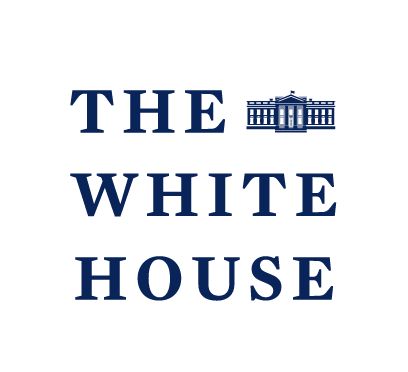135 reads
U.S. Government Unveils Vision for Global Aeronautics Leadership
by
December 8th, 2023
Audio Presented by

The White House is the official residence and workplace of the president of the United States.
About Author
The White House is the official residence and workplace of the president of the United States.